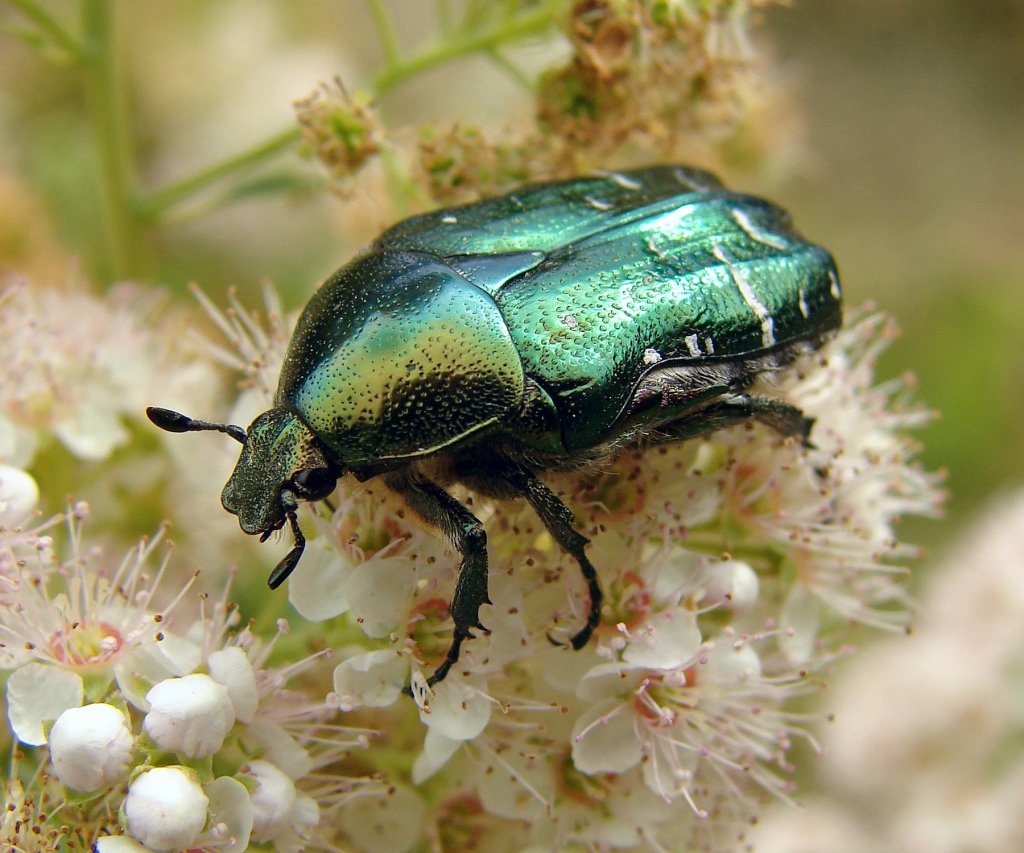[An Archaeologist’s Guide to British Species]#86: Chafer
In 2024, I am continuing to blog an A-Z compendium of human interactions with species in the British landscape. A list of references for information used in this series can be found here. An index of species covered so far can be found here.
Chafer

Green rose beetle (Cetonia aurata). Image by By I, Chrumps, CC BY-SA 3.0, https://commons.wikimedia.org/w/index.php?curid=2521547
The name chafer is applied to a number of beetles with fanlike antennae who emerge in May and June. The largest, and perhaps best known, is the cockchafer or maybug (Melolontha melolontha Linnaeus, 1758), whose subterranean-dwelling grubs have been considered a serious pest in agriculture. Both the grubs and the adult beetles have been eaten in western Europe. The iridescent green rose beetle or European rose chafer (Cetonia aurata (Linnaeus, 1758)) has been used medicinally. The adults of this species feed on a number of flowers, including hawthorn, elder, rose and dogwood, while the larvae feed on rotting wood in trees and decomposing vegetation.